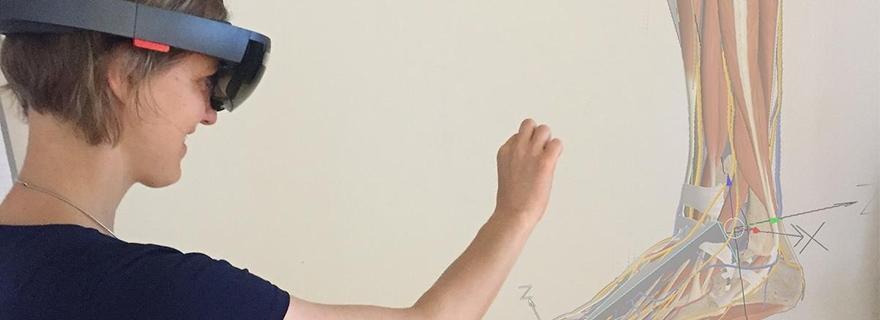Venue
Mekelzaal of the Science Centre in Delft.
Programme
8:30 - 9:00: Registration & coffee
9:00 – 9:15: Welcome by Toine Andernach
9:15 – 10:00: Keynote Eric Klopfer, Scheller Teacher Education Program (MIT):
Teaching and Learning by Playing and Creating Augmented Reality Games
Ubiquitous blending of the real and virtual is finally a reality. Popular games like Pokemon Go have shown that the technologies to enable such experiences are now part of the normal. But using these technologies effectively for learning still requires careful consideration. We have been doing work on location-based augmented reality games for learning for many years and through a series of design experiments have learned about where these technologies play an important role in learning, primarily around socio-scientific issues. Just as augmented reality blends the real and the virtual, understanding socio-scientific issues requires blending of the science, engineering and the social sciences to understand issues in domains such as environmental science, health science and climate change. This talk will provide an overview of these design experiences, drawing lessons on how to structure learning experiences in which learners both play and create location-based augmented reality games.
10:00 – 10:45: Thomas Hurkxkens & Beerend Hierck, Centre for Innovation and Leids Universitair Medisch Centrum
Learning in Mixed Reality with the Microsoft Hololens
What could be the significance of ‘mixed reality’ (a blend of virtual reality and real-life existing things) for medical teaching? This is the main question of a team of the Centre for Innovation/ LUMC of Leiden University that developed an experiment with the Microsoft Hololens. In the experiment an anatomical model is displayed next to the human body. By connecting the human body movements and the virtual anatomical model, medical students can learn from their own physical movements while studying the virtual model. According to the team, a crucial component for success is the embedding of the experiment in larger learning experience based on a concrete (real-life) case. The experiment won the Sufnet Innovation Challenge 2016/2017.

10:45 – 11:00: Break
11:00 – 12:00: Nelson Ribeiro Jorge, Sofia Dopper & Johanetta Gordijn, Delft Extension School
Augmented and Virtual Reality for Today’s Learners
Interactive workshop in which participants think and develop an idea to create AR/VR learning activities with accessible technology (mobile devices and free apps) instead of expensive and fancy gear. Nelson and his colleagues are developing an AR & VR template, based on the canvas business model, that will be the basis of the workshop. Participants will detail their idea using the template, describing the users, the idea, its value, learning objectives, activities, resources, assessment, tools, channel to publish, etc.
12:00 – 12:45: Pasi Vahimaa and Juha Eskelinen, Univers, University of Eastern Finland
Sm4rtLab: Internet of Things meets AR in laboratories
Sm4rtLab brings together augmented reality and photonics studies. It’s a joint effort between the Department of Physics and Mathematics of the University of Eastern Finland, IT Services, and University Properties of Finland Ltd. In Sm4rtLab new methods and service concepts for distance learning and remote use and control of scientific laboratories are developed; augmented reality concepts and equipment are tested.
The concept and the technology behind the Sm4rtlab, its practical use cases in the field of photonics are presented. There will be a demonstration of the usage of the laboratory through different user interfaces including Microsoft Hololens AR. The laboratory will be connected to Thingworx IoT cloud platform for data collection and analysis.
12:45 – 13:00: Wrap up by Toine Andernach
13:00 – 13:45 Lunch
